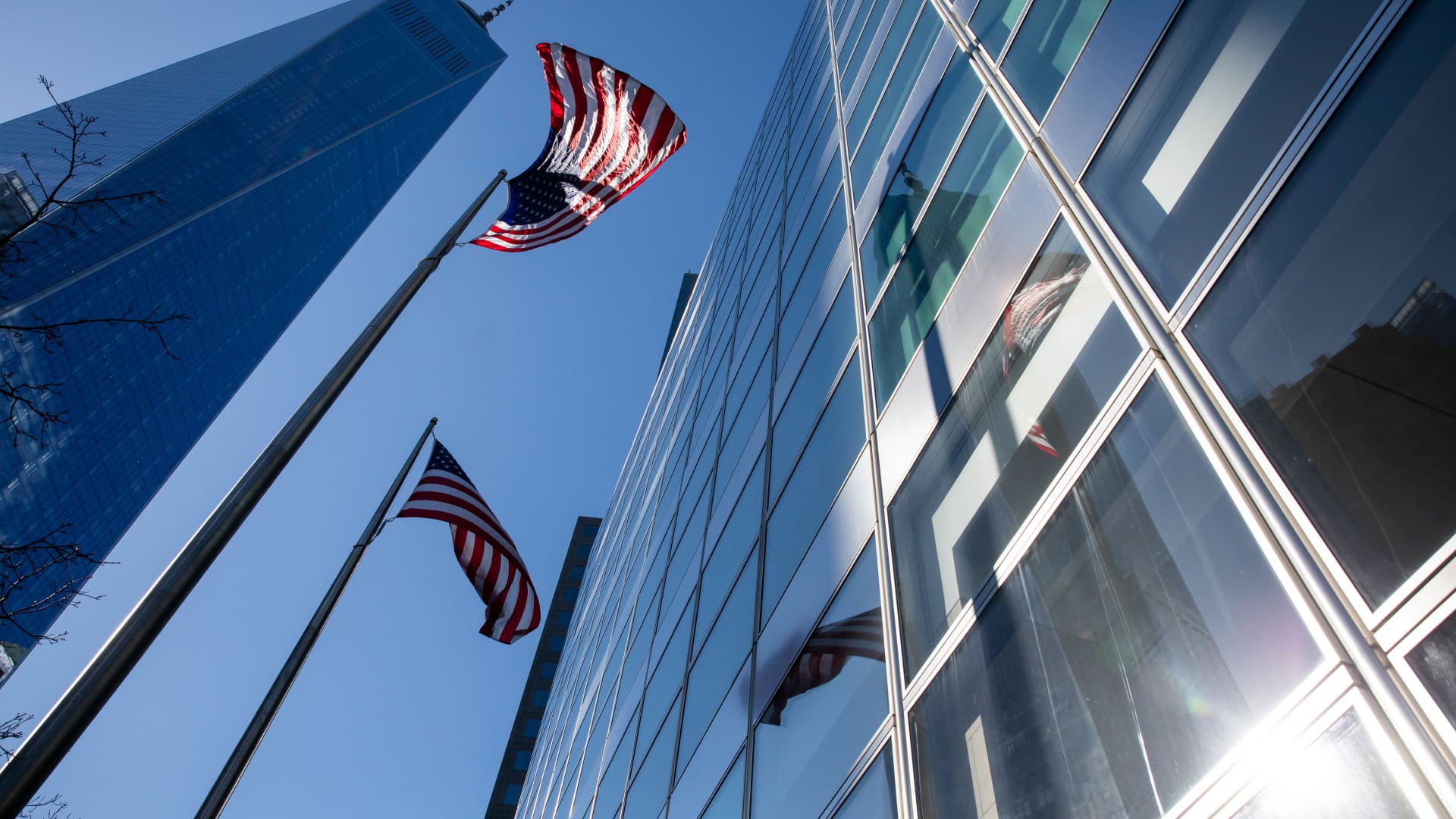
The world is at an “inflection point” — and that means there will be “profound changes” to the way we invest, Goldman Sachs Asset Management said in a recent report. The firm pointed to rising interest rates as a result of persistent inflation, disrupted supply chains, “elevated sensitivity” to climate issues, geopolitical instability and deglobalization. Those developments, among others, have the potential to alter the trajectory of countries, companies and the way people invest, Goldman said. “All will generate uncertainty and have the potential to contribute to an elevated level of market volatility,” wrote Julian Salisbury and Luke Sarsfield, global co-heads of Goldman Sachs Asset Management. “In this new environment, the portfolio construction playbook that worked so well in recent decades may be less effective going forward, forcing a rethink in approach,” they added. Here’s how investors can respond, according to Goldman. Play defense creatively Despite the coming shifts, one thing remains, said Goldman: the need to dedicate part of your portfolio to defensive stocks or strategies. “But in today’s changing and challenging investment environment, where low inflation, falling interest rates, unfettered free trade and geopolitical stability are no longer the norm, the type of assets or strategies investors use to play defense might,” Goldman said. Defensive investing means buying into companies with stable performance and demand regardless of the state of the market. Typically, defensive sectors include utilities, consumer and health care. But defensive sectors in today’s new, more volatile environment might be categorized as domestic-facing, and relatively more insulated from supply chain disruptions as well as inflation, said Goldman. How to invest in tech companies Goldman has another tip: Invest in tech firms that are in the best position to withstand higher rates and rising costs. That means businesses with robust balance sheets, high profit margins, strong free cash flow and low debt, it said, adding that it’s also increasingly important to invest globally. While most tech firms are considered growth stocks, it’s time to take “a balanced approach to investing in tech innovation.” “[It] means investing in both high-growth software companies and semiconductor capital equipment companies, traditionally considered to be more value-oriented stocks within the technology universe,” said Goldman. Goldman also said it believes that more than 70% of S & P 500 companies could be at risk of being disrupted, creating potential opportunities for “innovative enterprises to generate meaningful value over the long term.” “It is therefore critically important for investors to look beyond market-capitalization-weighted benchmarks, which allocate too much capital to the past winners and potentially leave investors underexposed to the winners of the future,” the bank wrote. Watch this metric as rates rise The era of low rates might be over for now, with the U.S. Federal Reserve hiking rates two consecutive times this year and saying at its July meeting that it’s unlikely to pull back on rate hikes until inflation comes down substantially. But low rates before now have meant that borrowing has been very cheap for companies. With rising rates, however, Goldman said dispersion in performance is likely to rise as weaker firms encounter cashflow challenges and refinancing deadlines. Dispersion usually refers to the range of possible returns on an investment, and can also be used to measure the risk. The higher the dispersion, the riskier an investment is, and vice versa. “All else equal, rising rates detract from earnings, which impacts valuations,” Goldman wrote. Goldman advised investors to watch this metric: the interest coverage ratio of companies. The ratio, the firm said, would help them gauge a company’s ability to repay debt. The ratio is calculated by dividing a company’s earnings before interest and taxes by its interest expense.
